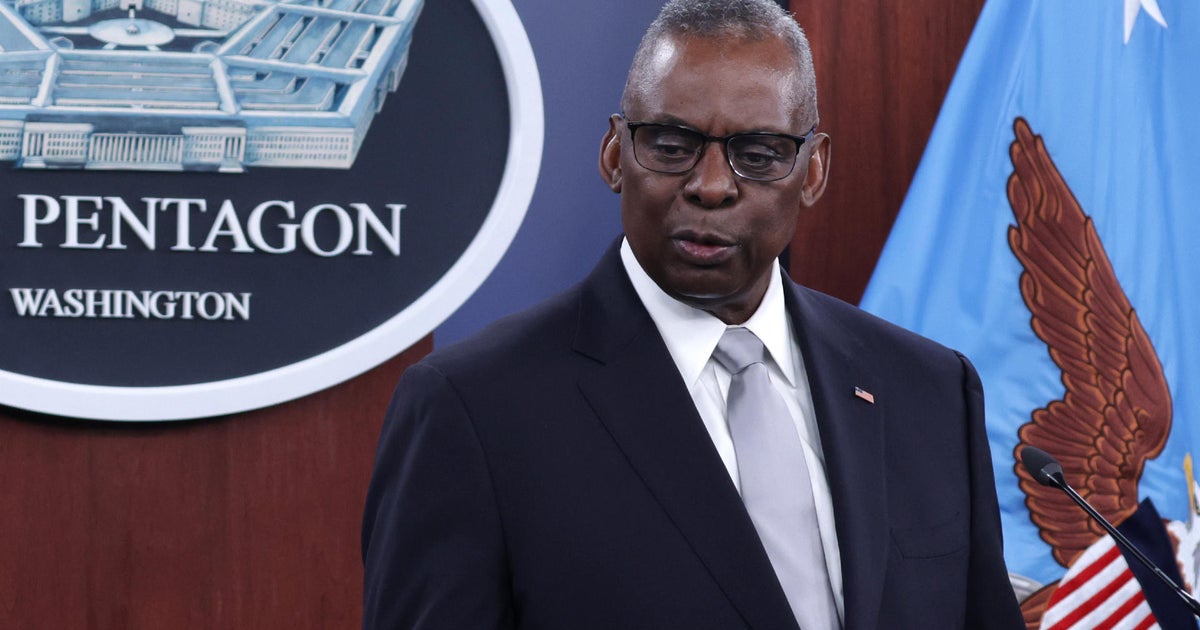
Defense Secretary Lloyd Austin on Friday underwent a “successful” procedure related to the bladder issue that prompted his hospitalization earlier this year, the Department of Defense said.
Maj. Gen. Pat Ryder, a Pentagon spokesperson, said in a statement that Austin underwent a “successful, elective, and minimally invasive follow-up non-surgical procedure” at Walter Reed Medical Center that lasted about 2.5 hours.
Austin temporarily transferred his duties to Deputy Secretary of Defense Kathleen Hicks during the procedure, but following the procedure, resumed them at 8:25 p.m. EST, the Pentagon said.
“No changes in his official schedule are anticipated at this time,” Ryder said.
The Defense chief has had several health issues over the past few months following a prostate cancer diagnosis in early December that required treatment. Austin had his prostate removed on Dec. 22, but on Jan. 1, days after returning home, he was taken to Walter Reed after experiencing “severe abdominal, leg and hip pain.”
After he was transferred to the intensive care unit, some operational responsibilities were transferred to Hicks, his deputy. But it wasn’t until days later, on Jan. 4, that the White House was notified of Austin’s hospitalization.
Austin spent two weeks at Walter Reed and was released in mid-January. But the delay in notifying the White House, Congress and the public about his hospitalization and prostate cancer diagnosis brought criticism from lawmakers.
Austin was hospitalized for two days in mid-February following symptoms of an “emergent bladder issue” and transferred duties to Hicks. She, the White House, Congress, and the Joint Chiefs of Staff were notified of his hospital stay.
The Defense secretary’s bladder issue was related to his prostate cancer surgery from December, his doctors said.
Austin testified before the House Armed Services Committee in late February, during which he told lawmakers that he “did not handle” the situation correctly. A Pentagon review found that there was no “ill intent or an attempt to obfuscate,” but acknowledged processes for transferring the Defense secretary’s responsibilities during an emergency had to be improved.
